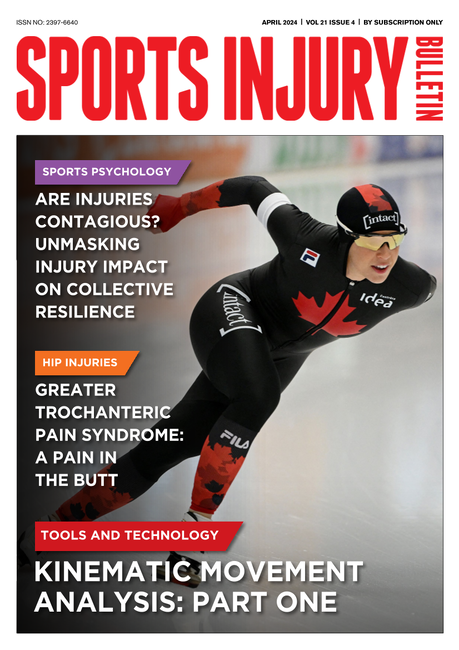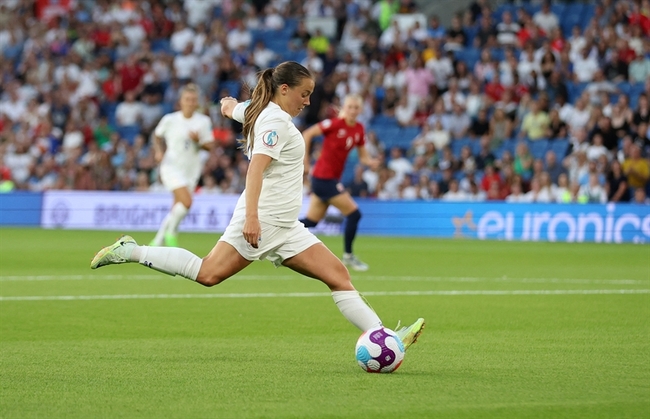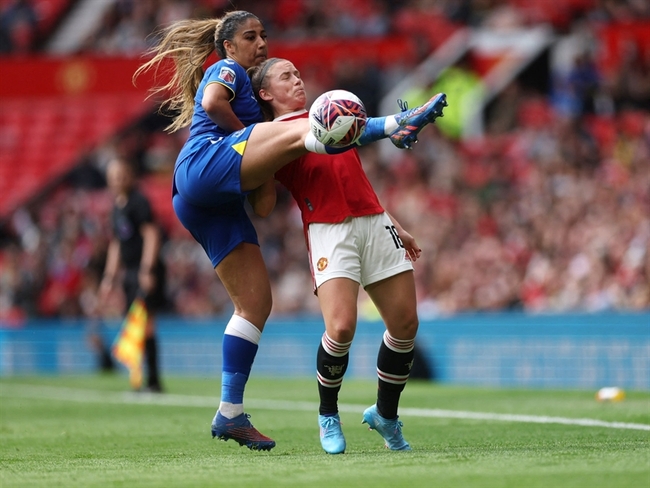Toss clams out to sea for gluteus medius strengthening

Gluteus medius (GMed)weakness gets blamed for all manner of lower extremity injuries. This broad muscle lies under the gluteus maximus, arises from the ilium’s posterior portion and spans from the iliac crest to the sciatic notch, and attaches on the greater trochanter of the femur. The muscle spreads out like a fan and has three portions: anterior, middle, and posterior. The fibers’ from their origin to attachment are backward and down for the anterior part, directly downward for the middle segment, and anterior and down for the posterior portion.
The GMed is responsible for hip abduction and plays a vital role in frontal plane stability. In walking, running, and unilateral stance, the GMed keeps the pelvis level and allows the swing leg to move freely. The middle section of the muscle abducts the hip while the anterior segment helps with flexion and internal rotation, and the posterior portion assists extension and external rotation.
This critical muscle often becomes the focus of rehabilitation programs. Physios employ various exercises to strengthen the GMed. A group of researchers at La Trobe University wondered which of the most commonly used exercises generated high (>40% maximal voluntary isometric contraction (MVIC)) electromyographic (EMG) activity in the GMed(1). They performed a systematic review of studies that examined GMed strength via surface or fine wire electrodes on healthy subjects performing commonly used exercises excluding those needing special equipment. The review included 56 cross-sectional studies. The studies examined these exercises:
- Side-lying hip abduction
- Side-lying clam
- Standing hip abduction (open chain)
- Squats – including single leg
- Forward step up
- Side step up
- Forward lunge
- Side lunge
- Bulgarian split squat
- Pelvic drop
- Standing hip abduction
- Supine bridge
Results and practical implications
The pelvic drop exercise proved best for activating all segments of the GMed. The isometric standing hip abduction and Bulgarian split squat targeted the anterior fibers of the GMed. The single-leg bridge, side-lying hip abduction with internal rotation, lateral step-up, resisted side-step, and resisted standing hip abduction elicited high activation in the middle segment. Isometric standing hip abduction also targeted the posterior portion of the muscle. The study revealed that the exercises performed in unilateral stance drew the highest level of contraction within the GMed, reinforcing its essential role in stabilizing the pelvis in this position.Surprisingly, the clam exercise, one of the most commonly used GMed exercises, demonstrated low muscle activation, especially in the anterior and middle portions. The popularity of the clam may because athletes in rehabilitation can’t stand on one leg. Therefore, clinicians must prescribe a non-weight bearing exercise. In this case, side-lying hip abduction, shown to result in high activation of the GMed, may be a better option. In studies that applied additional resistance, this exercise provoked very high activation of the GMed. The authors suggested that the short lever arm in the clam exercise compared to the side-lying abduction may account for the difference in muscle activation. In patients with pain or fear of movement, activities with minimal muscle activation, such as the clam, may help with motor control and the initiation of joint movement.
The authors acknowledge that all studies conducted their research on young, healthy subjects and caution extrapolation of results to injured or elderly patients. There was significant heterogeneity among the reviewed studies. In addition, there are inherent limitations in the use of surface electrodes.
That said, there seems to be sufficient evidence for single-limb stance exercises (when able) for maximal muscle activation. In particular, the pelvic drop exercise recruits the entire muscle at a high level of activation. Knowing that specific exercises target different portions of the muscle may help isolate areas of weakness within the GMed. For instance, if an athlete struggles with performing hip abduction with internal rotation in side-lying, then the middle fibers of the GMed may be weak. High levels of activation are necessary to gain strength. Therefore, prescribe the exercise with the highest motor recruitment within the athlete’s ability level.
Reference
- IJSPT. 2020 Dec;15(6):856
You need to be logged in to continue reading.
Please register for limited access or take a 30-day risk-free trial of Sports Injury Bulletin to experience the full benefits of a subscription. TAKE A RISK-FREE TRIAL
TAKE A RISK-FREE TRIAL
Newsletter Sign Up
Subscriber Testimonials
Dr. Alexandra Fandetti-Robin, Back & Body Chiropractic
Elspeth Cowell MSCh DpodM SRCh HCPC reg
William Hunter, Nuffield Health
Newsletter Sign Up
Coaches Testimonials
Dr. Alexandra Fandetti-Robin, Back & Body Chiropractic
Elspeth Cowell MSCh DpodM SRCh HCPC reg
William Hunter, Nuffield Health
Be at the leading edge of sports injury management
Our international team of qualified experts (see above) spend hours poring over scores of technical journals and medical papers that even the most interested professionals don't have time to read.
For 17 years, we've helped hard-working physiotherapists and sports professionals like you, overwhelmed by the vast amount of new research, bring science to their treatment. Sports Injury Bulletin is the ideal resource for practitioners too busy to cull through all the monthly journals to find meaningful and applicable studies.
*includes 3 coaching manuals
Get Inspired
All the latest techniques and approaches
Sports Injury Bulletin brings together a worldwide panel of experts – including physiotherapists, doctors, researchers and sports scientists. Together we deliver everything you need to help your clients avoid – or recover as quickly as possible from – injuries.
We strip away the scientific jargon and deliver you easy-to-follow training exercises, nutrition tips, psychological strategies and recovery programmes and exercises in plain English.






